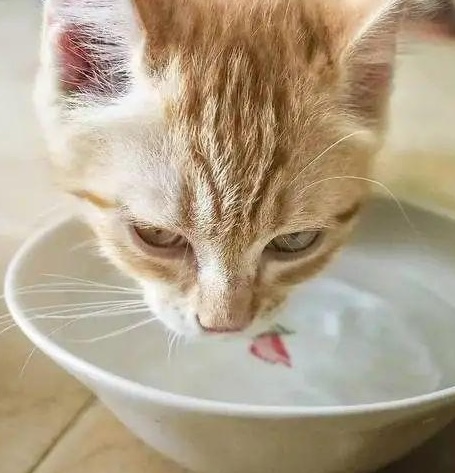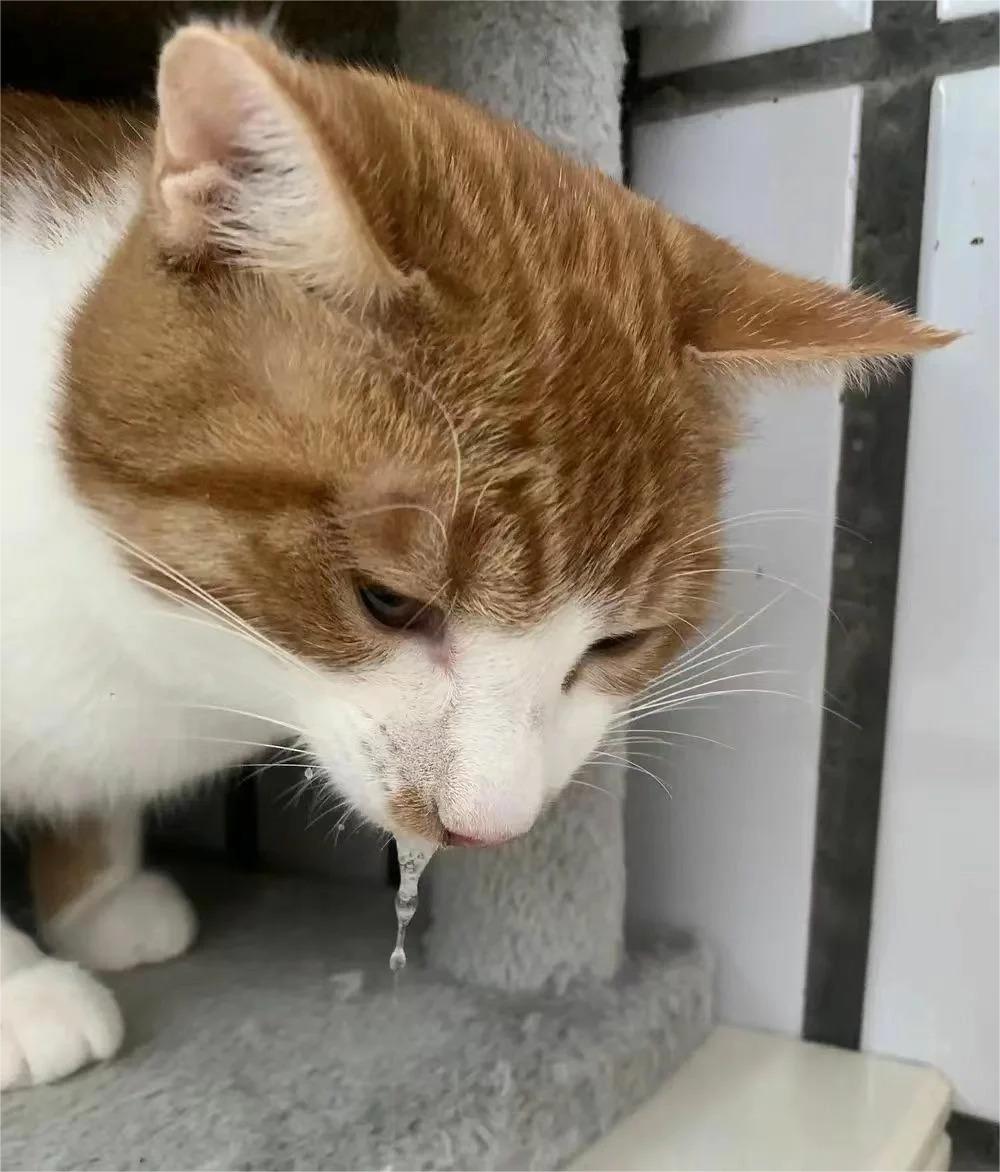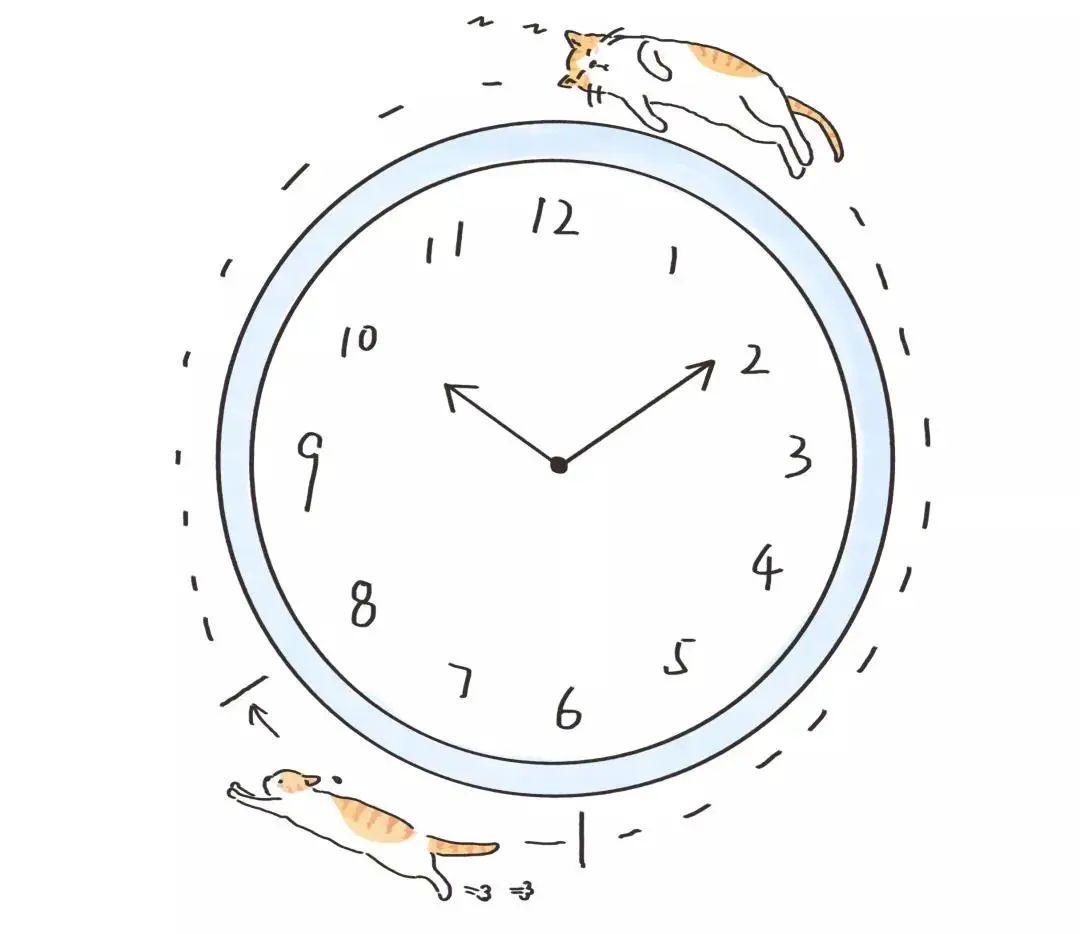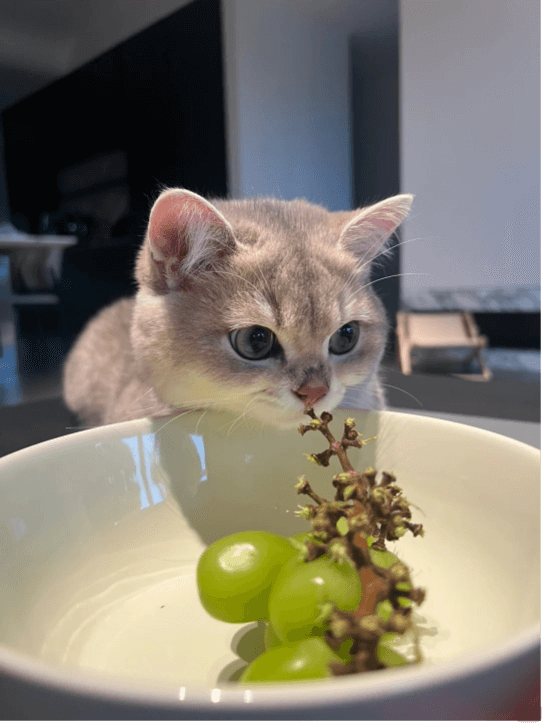**1. What is bladder stone?**
Cat bladder stones are common urinary tract diseases in cats, with urethral stones potentially moving from the bladder to the urethra causing difficulty in urination or even complete blockage, especially in male cats.
When a cat suffers from bladder stones, it usually exhibits symptoms such as inappropriate urination, difficulty urinating, frequent urination, blood in the urine, pain, and in severe cases, life-threatening urinary obstruction. If owners notice their cat inexplicably starts urinating inappropriately or wetting the bed, they should first consider checking for potential urinary tract diseases.
**2. Why do cats get bladder stones?**
The exact cause of bladder stones in cats remains undetermined in the medical community, but several factors can easily lead to this condition. The fundamental reasons include cats' dislike for drinking water and their tendency to hold in urine...
The ancestors of modern cats were typically desert-dwelling felines, leading to an extreme ability to conserve water. Cats' bodies extensively concentrate their urine and feces to the point where they are very low in moisture before excreting them. This is why cat feces are particularly smelly and cat urine is very pungent; highly concentrated urine makes it easy for crystals to form, thus leading to urinary stones.
Additionally, dietary factors, diseases, and emotional factors can contribute to the formation of urinary stones:
- **Single dietary structure**
Long-term feeding of dry food to domesticated cats without supplementing with wet food or canned food can lead to insufficient water intake, concentrated urine, and resulting crystal formations, making this the primary cause of urinary stones!
- **Urine pH**
Urine that is too acidic or too alkaline can cause crystals to form more readily into stones (linked to the calcium and phosphorus content in cat food).
- **Urinary tract diseases**
Bacterial infections, cystitis, and other urinary problems can cause bladder epithelial shedding, forming blood clots, which crystals can adhere to, forming stones.
- **Excessive uric acid**
This commonly occurs in overweight, sedentary cats where fat malabsorption leads to excess uric acid, which then contributes to stone formation.
- **Emotional impact**
Psychological stress from outdoor activities or contact with other animals can lead to spontaneous cystitis in cats, which, in severe cases, can cause urinary stones.
- **Age impact**
As cats age, the likelihood of urinary tract infections increases, with cats older than seven years being at a greater risk of developing urinary stones.
**3. How to prevent urinary stones in cats?**
- **Drink more water! Drink more water! Drink more water!**
This is the most important preventive measure. Normal cats need to consume 40ml of water per kilogram of body weight daily; a 5kg cat needs to drink an amount equivalent to a carton of milk to stay adequately hydrated!
By comparison, most house cats do not drink enough water! For these naturally water-aversive cats, we need to adopt supplementary methods to "address this issue indirectly."
- **Adjust the dietary structure**
The most effective way is to feed wet food cans, rehydrated freeze-dried food, and other water-rich food items, thus increasing the daily water intake of cats. If urinary tract issues are already present, opt for low-magnesium, low-calcium cat food or veterinarian-recommended prescription food.
- **Seek veterinary help**
Finally, and most importantly, seek veterinary treatment if the cat's condition appears severe!!




